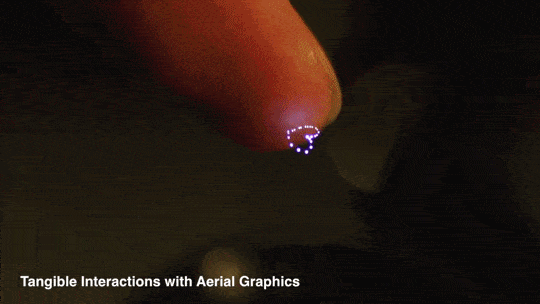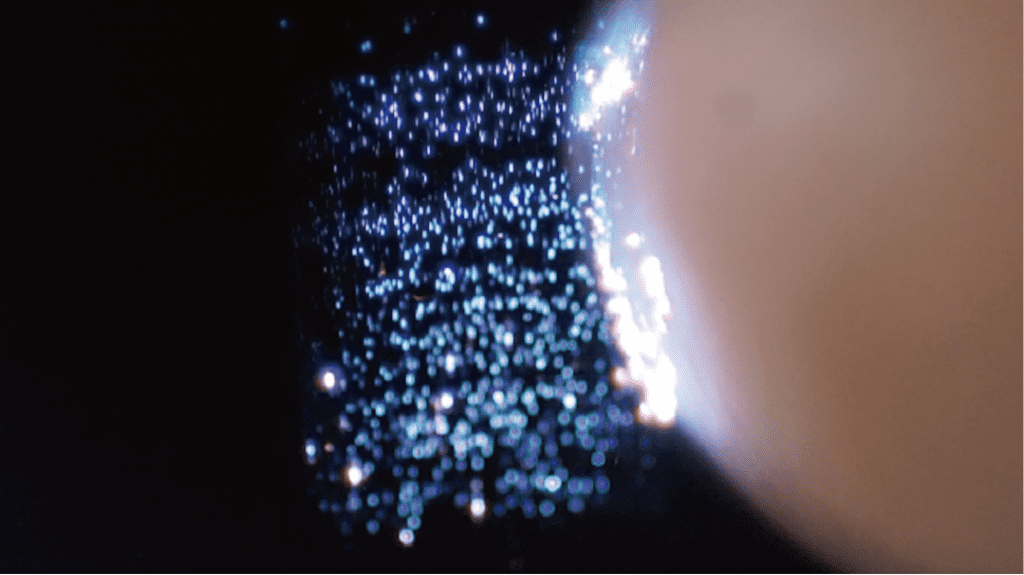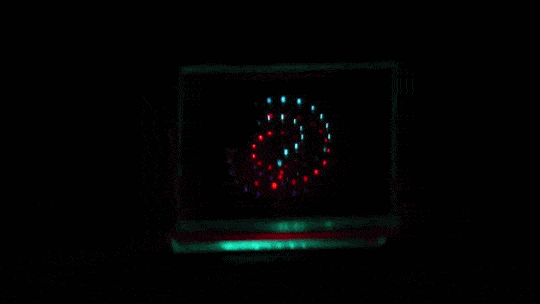Most people would love to have a holographic display in their room, and seriously you might not have to wait too long for this to happen. For instance, the HoloLens is definitely impressive and will be out soon be commercially available to the public. Granted, it’s not quite holographic technology – more like virtual reality. What about holograms which you can touch?
That definitely sounds innovative, and honestly I couldn’t expect anything less considering this was achieved by the Digital Nature Group, a lab which previously demonstrated 3D mid-air acoustic manipulation or graphics generated by levitating objects. Using a femtosecond laser which shoots ultrashort laser pulses, with durations approaching the timescales of fundamental atomic and molecular processes, the Japanese researchers excited matter to emit light at an arbitrary 3D position.
The “Fairy Lights” system fires every millionth of a billionth of a second, and these pulses are responsive to human touch. Effectively, by swiping your hand, for instance, across a hologram’s pixels you can manipulate and control it.
“You can’t actually feel the videos or pictures, and although you can project a video, you can’t interact with it by touching it. So, if we can project an image in a three dimensional form, and if you can touch it, then you can make something where you’ll think that there actually is something there,” said Dr. Yoichi Ochiai from Tsukuba University of the touchable hologram.
“There are two methods of rendering graphics with a femtosecond laser in air: Producing holograms using spatial light modulation technology, and scanning of a laser beam by a galvano mirror. The holograms and workspace of the system proposed here occupy a volume of up to 1 cm^3; however, this size is scalable depending on the optical devices and their setup,” the researchers write.












